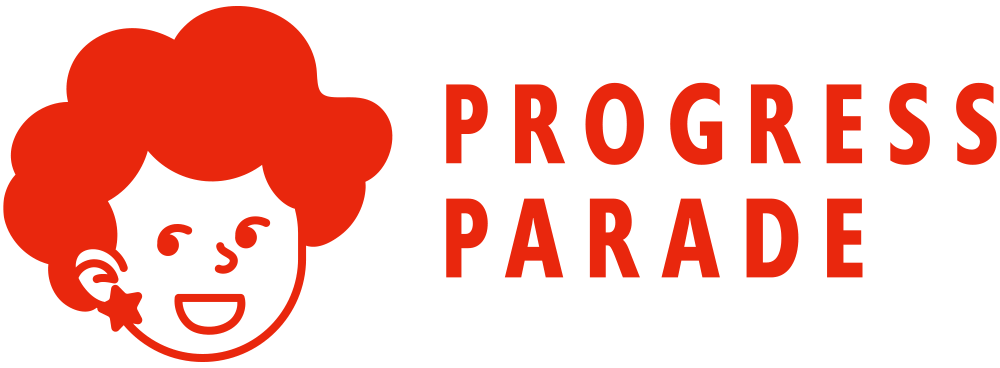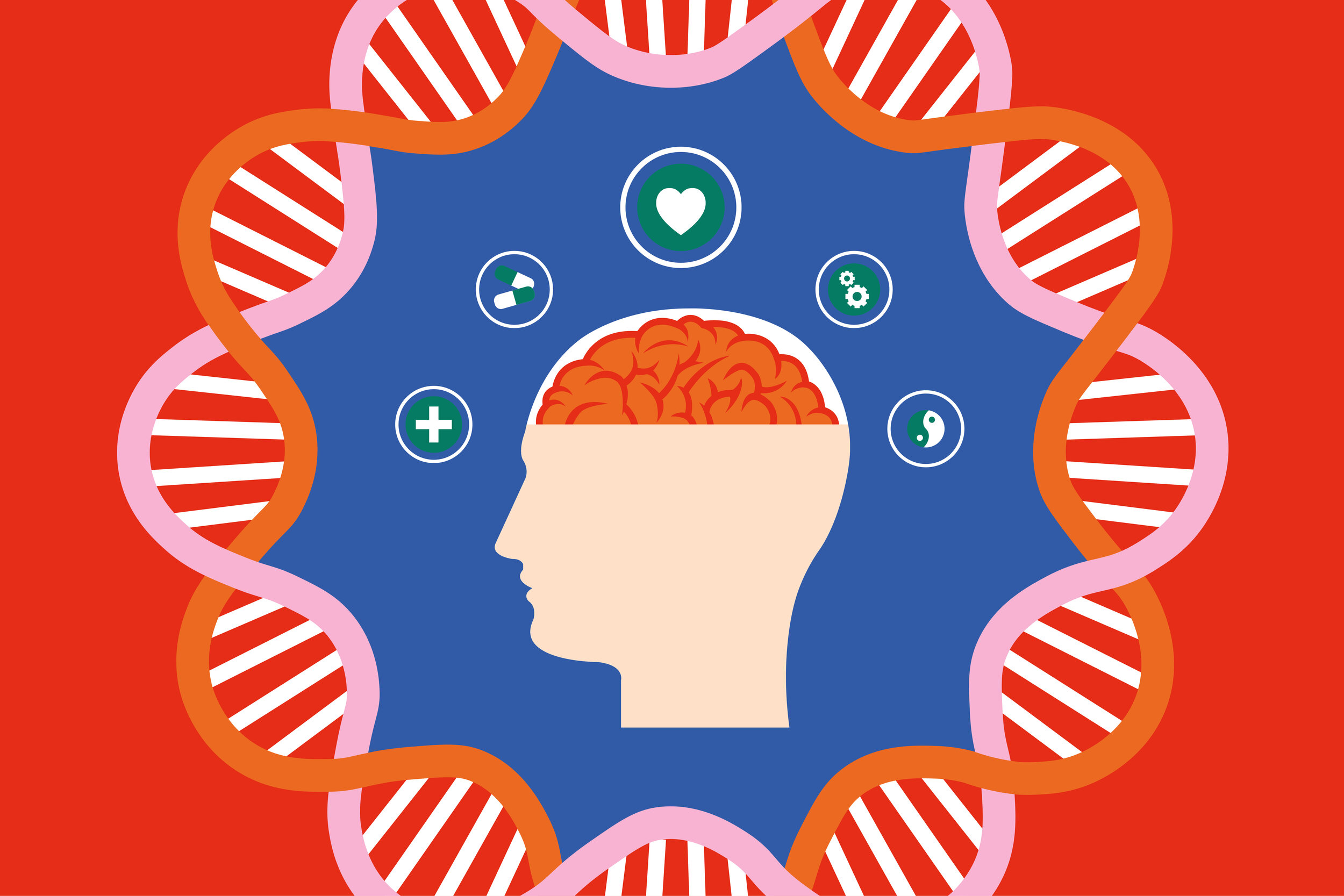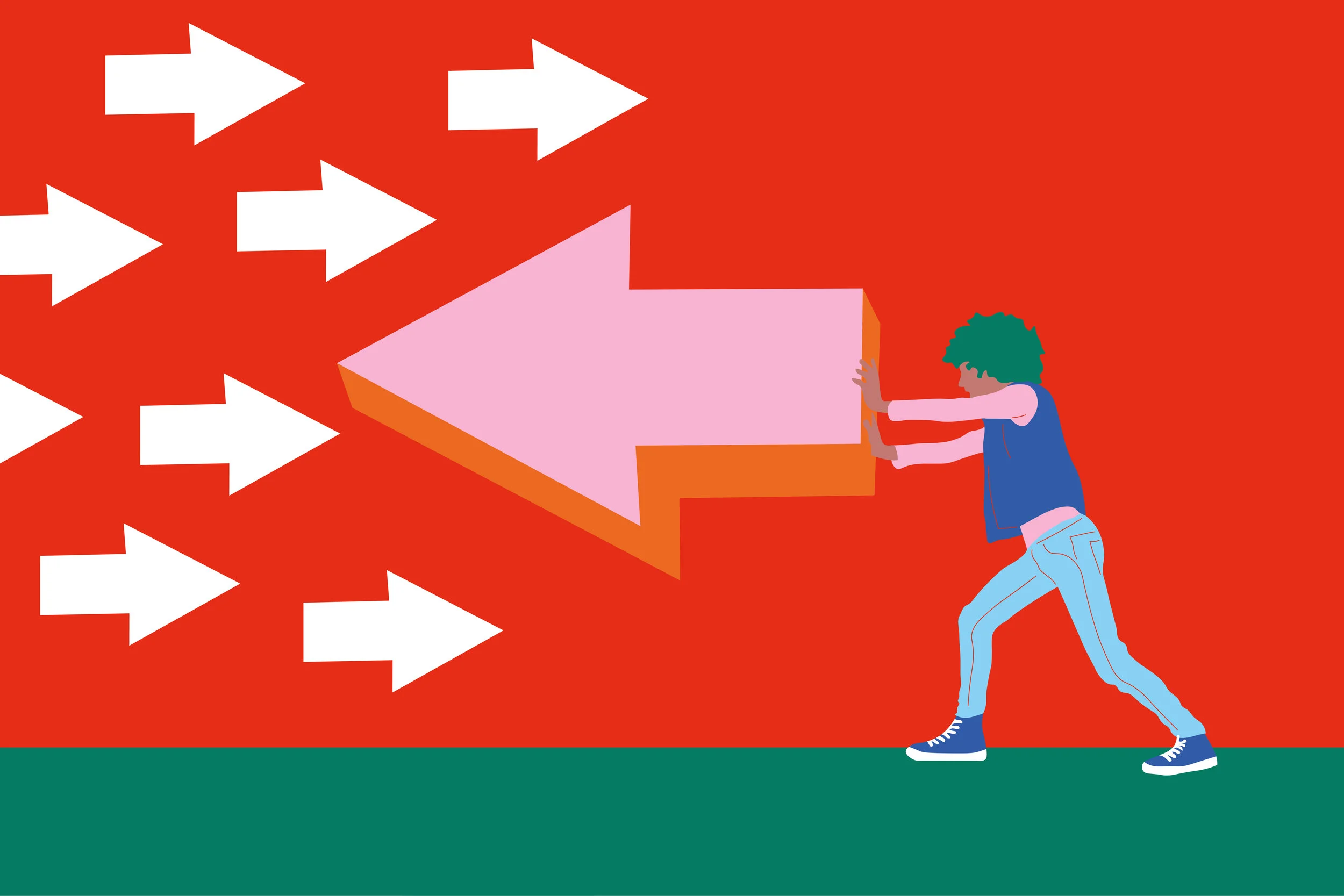What Is Inhibition and Why Is It a Key Component of Executive Functioning?
In my introduction to Executive Functioning (EF), I defined the three primary components of EF and how best to help a child with EF difficulties. This article will focus on the process of Inhibitory Control, and further detail the differences between cognitive and behavioral inhibition, the developmental expectations, and the relationship to daily and academic functioning. We recognize that the phrase "Inhibitory Control" can sound pretty academic and hard to understand. Our goal in this article is to break down what Inhibitory Control actually is and also give some concrete examples, so that everyone understands what it is in day-to-day functioning and why it's important.
Inhibitory Control (IC) is the practice of actively suppressing attention and automatic responses to something, such as ignoring irrelevant stimuli, ignoring a distraction, stopping oneself from blurting out, or controlling a habitual response. People with difficulty with IC appear easily distracted, impulsive, and driven by stimulus. Problems with IC are often identified in children with ADHD, significant auditory limitations, and genetic-based disorders. Children who have IC are better at everyday skills such as waiting their turn, maintaining focus, and being more persistent and less impulsive.
"Children who have Inhibitory Control are better at everyday skills such as waiting their turn, maintaining focus, and being more persistent and less impulsive."
What is Behavioral Inhibition?
Behavioral inhibition is generally defined as a person’s ability to manage desired and undesired behaviors. This is also sometimes called self-control, because it involves overriding competing urges and delaying gratification.
An example of behavioral inhibition students work on from a young age is to inhibit the urge to interrupt or blurt out answers. Prior to school, parents teach and reinforce their children not interrupting adult conversations, which requires behavioral inhibition to wait until they are recognized. Once they are in school, students are taught, and reminded repeatedly, to raise their hands before speaking or answering questions. Stopping oneself from blurting out an answer, or a joke, or whispering to their friend, is an executive functioning challenge all students face.
How does Inhibitory Control develop with age?
At a young age, Inhibitory Control is very difficult, as preschoolers are more susceptible to distractions in the environment. However, during early childhood, improvement is also dramatic, as the ability to delay gratification increases. Preschoolers often choose immediate gratification over the long-term benefits of waiting, while elementary school-aged children are more likely to make the beneficial choice. The development of IC grows as children develop the ability to mentally connect their present and future selves. There is another period of rapid growth during adolescence, as the prefrontal cortex grows.
Inhibitory Control early in life is correlated with positive outcomes in adulthood. Research has shown that children, ages 3 to 11, who had better IC were less likely as teenagers to make risky choices, and more likely to have better physical and mental health and earn more. Research also indicates children with IC were happier as adults.
How does Inhibitory Control relate to my child’s academic and behavioral functioning?
IC is essential for people to change; we need to develop the ability to choose how we react and how we behave, rather than remaining unthinking actors of habit.
Beyond that, IC is essential to following through on long-term goals. As a runner, I think of my marathon training seasons. Marathon training takes months, and many runners have specific time goals. That requires daily training, and means many sacrifices along the way such as early bedtimes, missed social events, sunrise speed sessions, denying oneself sugar and treats while also choosing nutritionally-dense foods, and running even when sleep is more appealing. One must inhibit impulses to choose what is immediately rewarding (hitting the snooze button) for the long-term reward (achieving the time goal).
We practice IC throughout the day, whether it is resisting the temptation to impulsively react (such as leaving an email in draft form when someone has hurt our feelings), to indulge in pleasure over responsibilities (such as watching tv instead of cleaning the kitchen), or to take what we want without regard for another’s feelings or social norms (such as cutting in line or taking another child’s toy).
Self-control is also exhibited academically when we stop ourselves from jumping to conclusions before getting all the facts, when we read through directions before starting an assignment, and when we don’t write down the first answer that occurs to us and take the time to think of a better, more thoughtful response. The ability to wait is essential self-control, and helping children learn how to wait will improve their performance.
Learning how to wait means developing strategies to help. If I know that I am going to eat salty snacks in the evening and I want to stop doing so, I will stop buying those snacks and keeping them in my kitchen. Then I don’t have to practice self-control in the moment since I already practiced it at the grocery store by not buying the snack. If I fidget and click my pens, and it’s leading to my classmates getting annoyed and yelling at me, I will seek out a less noisy fidget such as putty. If a child has a tendency to rush through tests, the teacher may offer the student only one page at a time to help the student take their time. As children get older, there is a greater expectation of independence of applying Inhibitory Control, but as maturity of this skill doesn’t come in fully until about age 21, parents and teachers should expect to continue advising and helping students and children throughout their school years.
Our professional educators provide online tutoring and education therapy to all learners. Please contact us to discuss your needs.

































